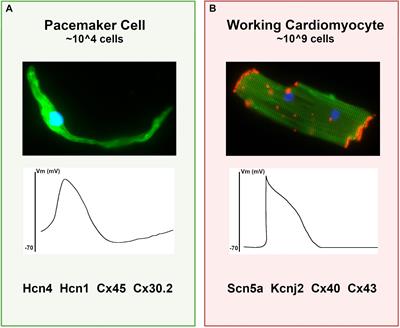EDITORIAL
Published on 30 May 2022
Editorial: Cardiac Pacemaking in Health and Disease: From Genes to Function
doi 10.3389/fphys.2022.913506
- 1,170 views
19k
Total downloads
82k
Total views and downloads
EDITORIAL
Published on 30 May 2022
ORIGINAL RESEARCH
Published on 08 Sep 2021

ORIGINAL RESEARCH
Published on 19 Aug 2021

HYPOTHESIS AND THEORY
Published on 09 Aug 2021

REVIEW
Published on 16 Jul 2021

REVIEW
Published on 27 May 2021

ORIGINAL RESEARCH
Published on 09 Apr 2021

ORIGINAL RESEARCH
Published on 04 Mar 2021

ORIGINAL RESEARCH
Published on 20 Jan 2021

ORIGINAL RESEARCH
Published on 06 Jan 2021

ORIGINAL RESEARCH
Published on 03 Dec 2020

REVIEW
Published on 23 Nov 2020

